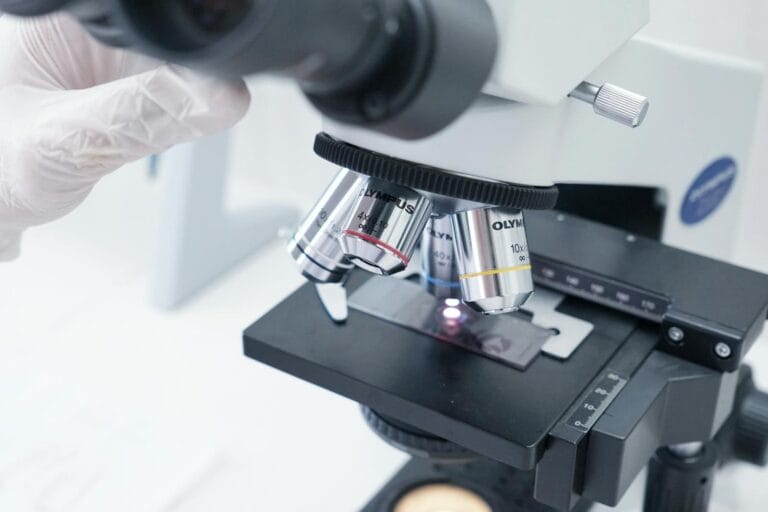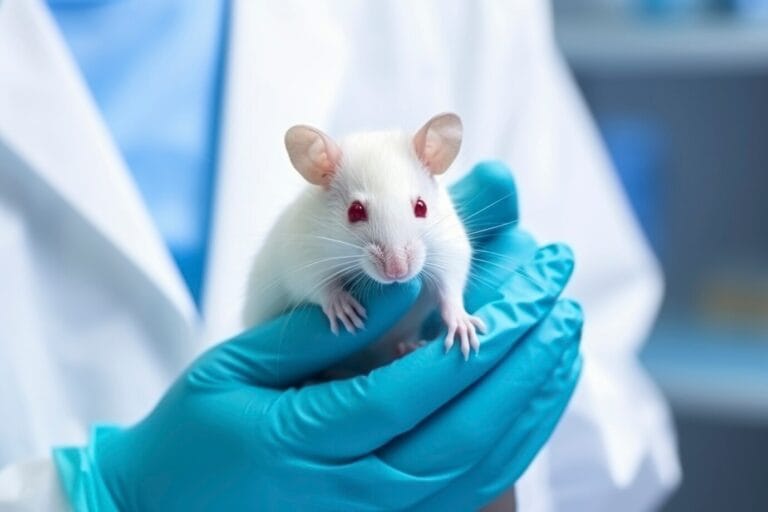
Larvicide Efficacy Test, The Right Solution to Control Mosquito Population!

Mosquitoes have long been one of the world's deadliest insects due to their role as vectors for diseases such as dengue fever, malaria, and Zika. Mosquito control efforts are a priority in protecting public health, especially in tropical areas. One method that is often used is the application of larvicide to kill mosquito larvae before they develop into adults.
This article will discuss in depth what larvicide is, its types, and how larvicide products are tested in the laboratory and in the field.
What is Larvacide for Mosquitoes?
Larvicides are chemical compounds or biological agents designed to kill or inhibit the growth of insect larvae, including mosquitoes.
The use of larvicides is very effective in reducing mosquito populations because larvae usually develop in limited environments, such as puddles, making them easier to control than adult mosquitoes. Types of larvicides for mosquitoes are divided into two main categories, namely chemical larvicides and biological larvicides.
Chemical Larvicides
Chemical larvicides include compounds such as temephos and diflubenzuron which work by disrupting the growth and development of larvae.
Temephos is an organophosphate larvicide that has been proven to be very effective with a mortality rate of up to 100% in various mosquito species, such as Anopheles stephensi and Culex quinquefasciatus.
Diflubenzuron works by inhibiting chitin synthesis, preventing the formation of the larval exoskeleton which is very important for its development.
Biological Larvicides
Biological larvicides often use bacteria such as Bacillus thuringiensis israelensis (Bti) which produces a specific toxin that only affects mosquito larvae and is safe for non-target organisms.
Studies have shown that Bti can kill more than 90% of larvae within 24 hours at effective concentrations. Some Bti formulations even have a long-lasting residual effect, up to six months under certain conditions.
Both types of larvicides offer their own advantages, so the choice must be adjusted to environmental conditions and control needs.

Larvacide Performance Test Method for Mosquitoes
Testing methods include laboratory, semi-field, and field tests, each of which plays an important role in ensuring that larvicides work effectively both under controlled conditions and in the natural environment.
Laboratory tests are the first step in determining the efficacy of larvicides under ideal, controlled conditions. In this test, mosquito larvae are exposed to a certain concentration of larvicides, and the level of larval mortality is observed over a period of time, usually 24 to 48 hours.
The results of this test provide baseline data on the minimum concentration required to achieve optimal efficacy. However, laboratory tests do not always reflect the same results in the field because real environmental conditions are more complex.
Laboratory test results need to be validated with two other tests, namely semi-field tests and field tests.
Semi-field tests
Semi-field tests are conducted to simulate field conditions in a more controlled setting, such as using artificial ponds or outdoor water tanks.
Field tests
Field tests are conducted directly in the natural habitat of mosquitoes, such as swamps, ditches, or puddles in endemic areas.
Residual efficacy tests
In addition to these three types of tests, residual efficacy tests also play an important role. Residual efficacy of larvicides is an important consideration in vector control programs. The test is to determine how long a treatment remains effective in reducing mosquito populations.
Studies have shown that some chemical larvicides may require frequent reapplication due to their short residual effects, while newer biological larvicide formulations can provide longer-lasting protection. This is especially important in areas with high mosquito breeding rates.
By combining the results of all tests, vector control programs can design more effective and sustainable larvicide use strategies.
More exciting articles coming soon – make sure you don't miss them!
Author: Dherika
References
Antonio-Nkondjio, C., Sandjo, N.N., Parfait, A., & Charles, S.W. (2018). Implementing a Larviciding Efficacy or Effectiveness Control Intervention Against Malaria vectors: Key Parameters for Success. Parasites & Vectors, 11(57): 1-12. Doi: 10.1186/s13071-018-2627-9.
Marcombe, S., Chonephetsarath, S., Phoutmany, T., & Paul, T.B. (2018). Alternative Insecticides for Larval Control of the Dengue vector Aedes aegypti in Lao PDR: Insecticide Resistance and Semi-Field Trial Study. Parasites & Vectors, 11(616): 1-8. https://doi.org/10.1186/s13071-018-3187-8.



